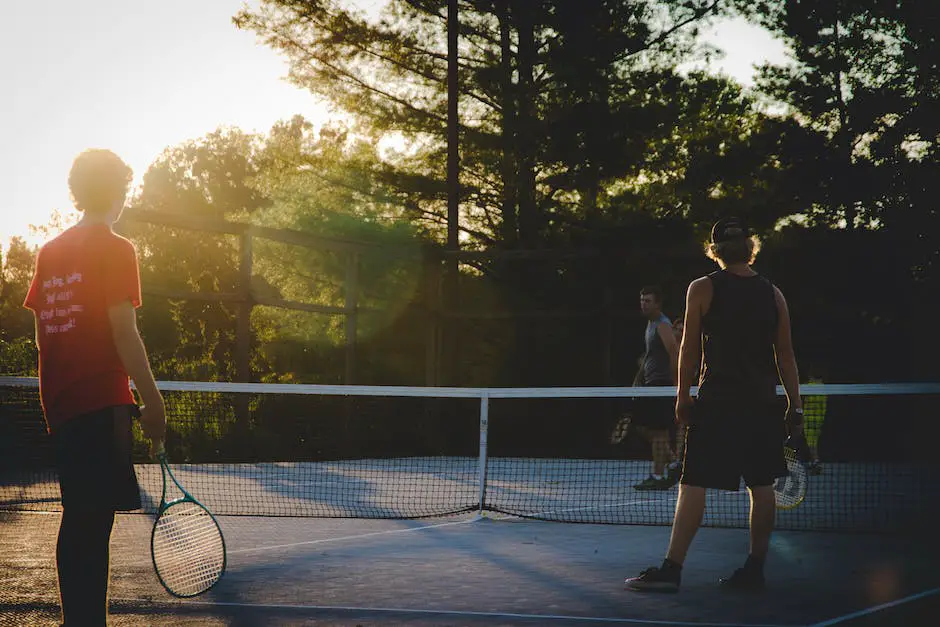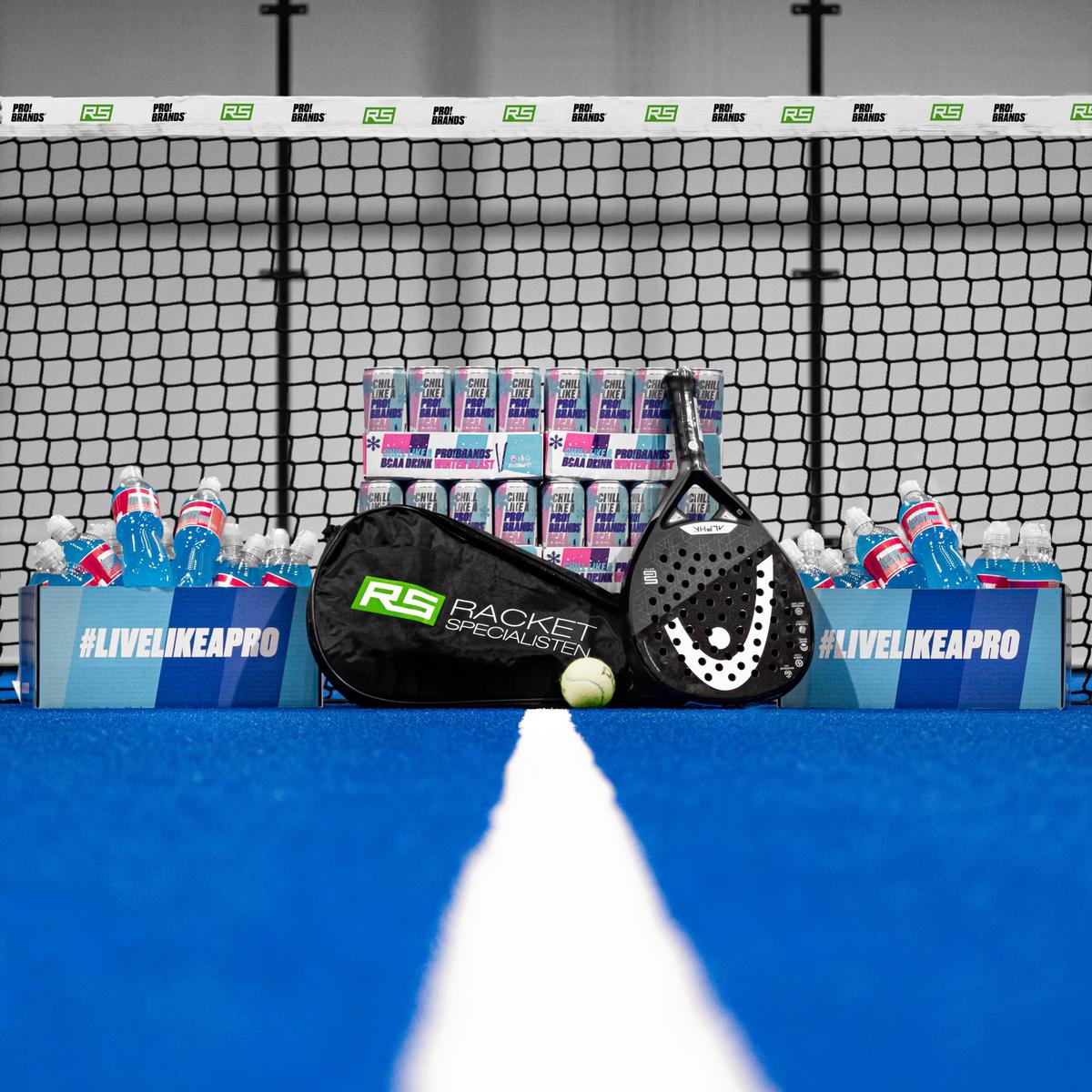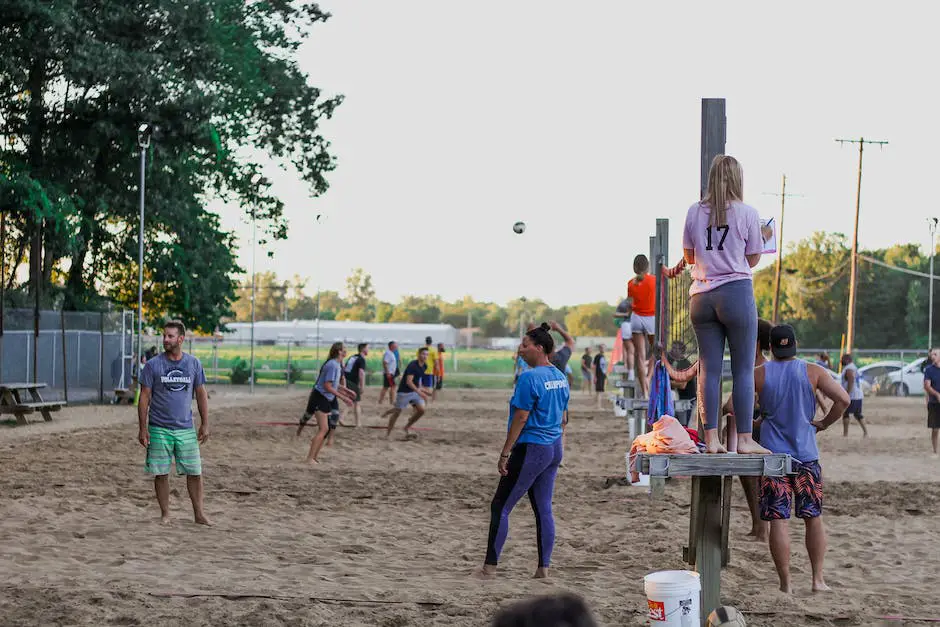As we delve into the dynamic world of Padel Tennis, a vibrant sport that emerged from the sun-kissed beaches of Acapulco, Mexico, we find a game that masterfully blends components of traditional tennis and wall-to-wall squash. This beginner’s guide provides an exploration of padel tennis, elaborating on its history and fundamental rules. In contrast with traditional tennis, padel tennis introduces unique elements like the glass wall and artificial grass, endowing the game with intricate, strategic dimensions. The guide also goes beyond basic understanding and underscores vital techniques and strategies, offering a comprehensive primer on grips, postures, and shot types to help you get started on the right foot.
Introduction to Padel Tennis
An Introduction to Padel Tennis – The Fusion of Tennis and Squash
Padel Tennis, often simply referred to as Padel, is a racquet sport that is widely recognized in Spain and Latin American countries, and has recently gained popularity throughout the world. This popular sport came into existence in the late 1960s in Acapulco, Mexico, founded by Enrique Corcuera.
Corcuera, seeking an alternative to his confined garden space decided to create a new sport. He designed a court not dissimilar to a tennis court, but enclosed in a glass wall and with added informal rules. This was the beginning of Padel – a blend of tennis and squash that soon became a sensation worldwide.
Unraveling the Basic Rules of Padel
In Padel, games are typically played in doubles, on an enclosed court roughly one-third the size of a tennis court. The rules are quite similar to those of tennis, especially scoring: games are scored from love (0) to fifteen, thirty, forty, and the win, and matches are typically best of three.
However, unique aspects of Padel include the ability to play off the enclosing walls, similar to the rules of squash, and a different serve. Players are required to serve underhand, bouncing the ball on the artificial grass before striking. Padel also uses a solid string-less racket, rather than a strung racket like that in traditional tennis.
Padel vs Tennis: A Close Comparison
While Padel is often compared to tennis due to the similarities in court structure and scoring, there are also notable differences. Padel’s enclosure within walls and the use of these walls during gameplay add a distinct flavor, remnant of squash. The slower pace and smaller court size of Padel also make it a more accessible sport, especially for beginners or those looking for lower physical stress.
The equipment used in Padel also significantly differs from traditional tennis. The ball used in Padel is similar but with less pressure, leading it to bounce differently, especially when considering the artificial grass court. The racquets in Padel are solid with no strings, leading to a different impact feel and ball control when compared to the stringed tennis racquets.
Understanding the Padel Field: The Glass Wall and Artificial Grass
A key feature of Padel, distinguishing it from other racquets sports, is the court itself. The court is enclosed with walls, usually made of glass and mesh, which are in play. This means players can use these walls to play shots, adding a new challenging dimension to the game.
The artificial grass on a Padel court provides a smooth, even playing surface that is kind to joints and suitable for all types of weather. The bounce of the ball on this surface is lower than on hard tennis courts, which slows down the game and accentuates the strategic aspect of the sport.
In conclusion, Padel is an exciting and distinctive sport that blends elements from various racquet games. Its unique rules and court design encourage a more strategic, less physically demanding game, opening it up to a vast variety of players. If you’re looking to try a new racquet sport, why not give Padel a shot? Who knows, you might just find your new passion.

Basic Techniques and Strategies
Introduction: Stepping on the Padel Court
Padel tennis is a fun and exciting racket sport that combines elements of tennis, squash, and badminton. As a beginner, understanding basic techniques and strategies can greatly increase your chances of winning games and improve your overall skills.
Grips and Posture: The Backbone of Every Shot
Get acquainted with the Continental Grip. Hold the racket as if you were shaking hands with it, keeping your thumb and index finger in a V-shape with the other three fingers wrapped around the handle. This grip allows you to easily switch between forehand and backhand shots.
Maintain an athletic stance with knees slightly bent, feet shoulder-width apart, and weight distributed evenly between the balls and heels of both feet. Keep in mind that good posture boosts agility and shot accuracy.
Mastering the Essential Shots: Variety is the Key
- Forehand: The forehand shot is your most powerful weapon. Start with your racket back, pivot on your back foot, and swing forward, making contact with the ball in front of your body. Follow through completely for more power and control.
- Backhand: Backhand shots can be a bit trickier. Twist your shoulders and hips to face the net, shift your weight to the balls of your feet, and use both hands to swing the racket towards the ball.
- Volley: These are shots taken before the ball bounces. Move forward, stretch out the racket, and just block the ball, allowing its speed and your positioning to direct it. Volleys are great for adding pressure to your opponent.
- Lob: Lobs are often used defensively. To hit a lob, you aim to get the ball high in the air so that it lands near the back of the court, taking advantage of the walls in padel. Use a gentle forward motion for the shot with a low-to-high swing.
- Smash: This is a powerful shot generally played when the ball is high and close to the net. As the ball reaches its highest point, bring your racket up and hit the ball while it’s still high, aiming to send it to your opponent’s back court.
Basic Strategies: Outsmart Your Opponents
- Use the Walls: The walls are a unique feature of padel tennis that can be used advantageously. Bouncing the ball off the walls creates uncertainty for your opponents and can disrupt their positioning.
- Deep Serving: Try to serve deep into your opponent’s court. A deep serve limits their options for a return and can give you a higher chance to take control of the game.
- Patience: Padel points can be long. It’s about waiting for the right moment to attack. Try not to rush your shots or make unnecessary errors.
- Doubles Strategy: Since padel tennis is usually played in pairs, good communication with your partner is crucial. Maintain a balanced court positioning and coordinate your moves to cover more ground.
Remember, practice is key in padel tennis. The more you play, the better you’ll get. Enjoy the learning process and have fun on the court!

Practical Training and Game Play
Intro: Stepping into Padel Tennis sport
Padel tennis is a racquet sport that’s taken the world by storm. Popular in Europe and Latin America, it’s now gaining traction in the U.S. The game combines elements of tennis, squash, and racquetball, but has its unique spin. For beginners picking up a padel for the first time, here’s a guide to help you understand and improve your game.
Understanding Padel Tennis
Before jumping onto the court, it’s crucial to understand the basics of padel tennis. The game involves two teams of two players each, aiming to hit the ball over the net without the opponents returning it. Unlike tennis, in this game, players can play the ball off the glass walls that surround the court.
Basic Techniques: Serve and Return
Think of the serve and return as the opening gambit in your game. Here’s how to get started:
- Serve: Stand diagonally opposite to your opponent at the nearest corner service box. The server must bounce the ball within the service box and strike it at waist level or below. There’s no overhead serving allowed in padel tennis.
- Return: When returning the serve, you can let the ball bounce once on the ground and hit it before or after it has hit the wall. Try to return it as quickly as possible to give your opponents less time to react.
Engage in Real Game Scenarios
One of the greatest ways to understand the intricacies of padel tennis is to take part in real game scenarios. Here are some steps you can follow:
- Improvisation: Because of the wall play in padel tennis, the ball can come from any direction. Always be on your toes and ready to move.
- Communication: Since padel is a doubles game, effective communication with your teammate is vital. Use simple calls like “mine” or “yours” to prevent confusion.
- Defense: When on defense, stand closer to the back glass. This positioning gives you more time to react to your opponents’ shots.
Practical Training to Improve Your Game
Like any sport, your skill in padel tennis improves with practice. Here are some practical training tips:
- Wall Rebounds: Rebounding shots are a crucial part of padel tennis. Practice hitting the ball off the wall in different angles and speeds to understand how the ball reacts.
- Lobs: Mastering a good lob can provide you with an offensive advantage. Practice lobbing with precision and correct timing.
- Volley: A well-timed volley can unbalance your opponents. The idea is to follow through the ball with your whole body, not just your hands.
Conclusion: Practice Makes Perfect
From understanding the game to improving your serve and return, there’s a lot to learn in padel tennis. The best way to improve is to consistently engage in real game scenarios and practice regularly. Remember, practice and patience go hand in hand in taking your game up a notch. Soon you’ll find yourself hooked to the fast-paced and fun world of padel tennis. Happy playing!

The world of padel tennis, while incorporating familiarity from conventional tennis, offers unique challenges and excitement through its added environmental elements and strategic depth. Only through practical training and active game play can these strategies come to life. Be it fine-tuning your serve, sharpening your return shot, or learning how to leverage the glass wall for unbeatable shots, the essence of improvement lies in continual practice and accumulation of experience. This beginner’s guide serves as your roadmap to launch into the fascinating sport of padel tennis, breaking barriers as you climb rungs on the ladder of skill and precision. So, grab the racket, step onto the court, and immerse yourself in the thrilling world of padel tennis.